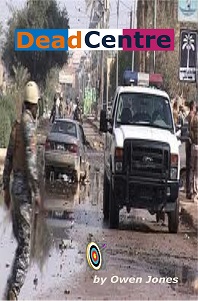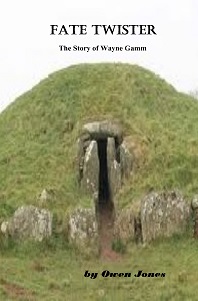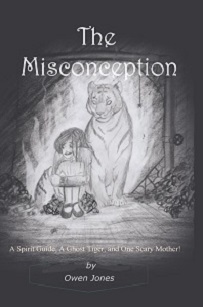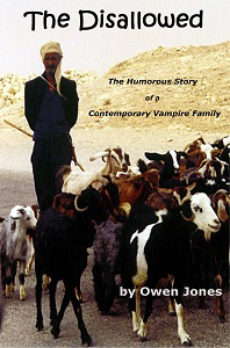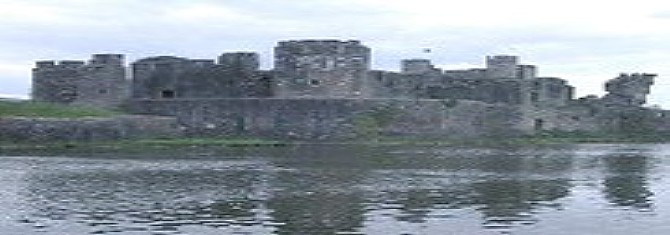
Welsh Products Online
Welsh Corgi Puppies | Welsh Gold Wedding Ring | Welsh Love Spoons | Welsh Coastal Cottages
The Ancient Roots of Barry, South Wales.
Much of what we know or have supposed about Barry and the Vale of Glamorgan, in which it is situated has been gleaned from the buildings found there, many of which have been badly neglected for too long. There are also legendary stories, such as that of Joseph of Arimathea, who traded tin in Glastonbury, just across the channel and who was one of the first missionaries to this part of the country. Tradition maintains that the father of Caractacus took his son to Rome and was converted to Christianity. They returned to the Vale of Glamorgan with the missionary Bran the Blessed. We do know that Christianity had become fairly popular by the early 4th. Century and that south Wales sent some bishops to the Council of Rome. St. Baruch’s Church on Barry Island is one of the oldest shrines in the area, but it too is sadly dilapidated. Barry Island itself became one of the most important monastic retreats in south Wales. Steep and Flat Holms, the old Viking island settlements in the Bristol Channel just off Barry, were also significant in this regard. Another most important link in this chain was St. Illtyd’s Seminary of 2,200 students in Llantwit Major. Porthkerry Point jutted out into the sea, almost certainly further out that it is today, and a castle was constructed there on the site of an ancient Roman fortress and naval dockyard. Many deer and wolf bones have been found between Barry and Sully, indicating the presence of these animals in great numbers. Arrowheads, flints, bone needles and coins have also been found. Barry Island was first known as Baruch’s Island after St. Baruch, who was found drowned, washed up on the beach in 700 AD. He had drowned on his return from Flat Holm, where it was customary for Saints and religious students of the seminaries to spend Lent. He and Gwelches had been disciples of St. Cadoc at the time. On their return to the island, they realised that they had left their enchiridion (religious manual) behind and St. Cadoc made them go back and get it. They never returned alive. St. Baruch’s most famous disciple, St. Illtyd was educated there. Barry Island has had several names, including “Island of the Saints” and “Insular of Peiros”. St. Peiro was the leader of the seminary after St. Illtyd and the mentor of St. Samson. St. Doeninas was also a leader of another abbey near Friars’ Point on the island. In the 18th. Century evidence of Neolithic man was discovered in the form of dishes, saws, knives, flints, a scraper, a prehistoric horn celt with obscure markings, a spokeshave and some arrowheads, amongst other things. Unfortunately, although these things reside safely in the Museum of Cardiff, no one thought it worth excavating at the time and now residences stand on the sites. An ancient Roman kitchen, complete with remains and utensils underwent a similar fate. In 1533, Leland was made the King’s Antiquary and was directed to make a tour of all places where records were held. This took him nine years and his description of the island was: ‘It is about a mile in circumference and has good corn, grass and some wood, and there is no dwelling on the Island, but in the midst of it is a fair little Chapel of St. Baruch which is visited by many pilgrims. It took the name Barri from this holy man who was buried there and whose remains are yet on the Island’. (The Welsh name for Barry is ‘Y Barri’). Viking raiders attacked the south Wales coastline, often taking hostages from monasteries in the 10th. Century, but they did not try to settle in the area. The island was long known as the ‘Saints’ Retreat’ or the ‘Island of Saints’. Later, in the early 16th. Century, the island was used by smugglers and pirates and was nicknamed the “Smugglers’ Fortress”. This coincided with the increase in shipping to and from Bristol, Britain’s second biggest port at the time. Barry Island became the centre of piracy in the Bristol Channel. In 1784, the island was known as the ‘Fortress of Knight’. Knight was the top smuggler and pirate in the area and people were frightened of testifying against him, although he was also something of a local hero. His armed brig’s name was ‘John O Combe’. He was eventually moved on to Lundy Island, which he also turned into a fortress, although he and his successor, Arthur, still returned so often to Barry, that H.M. Customs requested the government to permanently post a cutter to Penarth and 60 light infantry to Barry. Rhoose was infamous for its wreckers and George II sent troops to break up the smugglers and wreckers. They landed at Aberthaw - the Rhoose men’s favourite landing zone, from where they could easily transport the contraband along Port Road to Cardiff, the main market for such things. Several large caves were filled in while constructing the present day docks and it is likely that they were used by the pirates until they were moved on in about 1850. Barry Castle belonged to William de Barri in the 12th. Century, but was destroyed by Llewellyn Bren in 1316. Some say it was later rebuilt and used by the Cavaliers only to be destroyed again by the Roundheads, never to be reconstructed. The Normans were hated by the locals and they had to build large mansions to protect themselves from the frequent attacks carried out on them from the people of the valleys and mountains. During the time of Henry III, there were 12 castles within six miles of Barry. In Glamorgan, there were 30 castles and in south Wales as a whole, 150. Porthkerry and the church to its west, is said to have taken its name from Ceri, who, it is said, founded a port - Port Ceri. It is believed that Ceri ap Caid, the King of Essyllwg, lived in Porthkerry before the Christian era. His bard, Corvinor, is stated to have been the first to have built a ship with sails and a rudder for the race of Cymru. Some believe that Ceri was a nephew or grandson of Caractacus (Caradog) and that he assumed the head of government in south Wales when Caractacus was sent to Rome. John Wesley later preached from the Porthkerry Church pulpit, and sometimes outside, in 1741-42-43. There are two very old churches still in use today -St. Cadoc’s Church in Cadoxton and Merthyr Dyfan Church. 150 years ago, Cadoxton was the largest village in the area: eg in 1844 the Parliamentary register contained 25 names - 20 from Cadoxton and five from Barry. The church was dedicated to St. Cadoc, who used to spend Lent on Flat Holm and Barry Island. The village took its name from the church, which was founded in 800 AD. Merthyr Dyfan Church was founded in 600 AD and the name means Dyfan The Martyr. There were two saints of this name: one came to Barry to Christianise the inhabitants; the second lived in the 6th. Century and was the son of a Welsh chieftain. His sister was also martyred, giving her name to the town of Merthyr Tydfil. The Christian faith flourished in the Vale of Glamorgan and in the middle of the Second Century, Llewrwg, Prince of Siluria, became the first king of all time to be baptised into the Christian faith anywhere in the world. He sent to Rome for more preachers and was sent Dyfan and Fagan. The former was martyred near the site of the church and the latter was canonised. by +Owen Jones | |||||||
|
Welsh Products Online | Privacy Policy
Copyright © 1998 - 2016 Welsh Products Online
Disclaimer: if you click on any link not in the nav bars, the webmaster may earn some money


